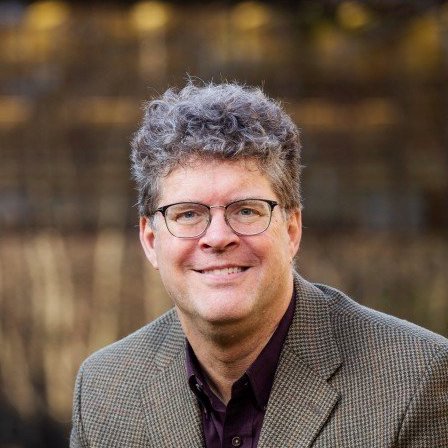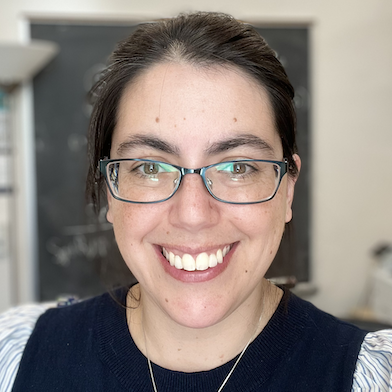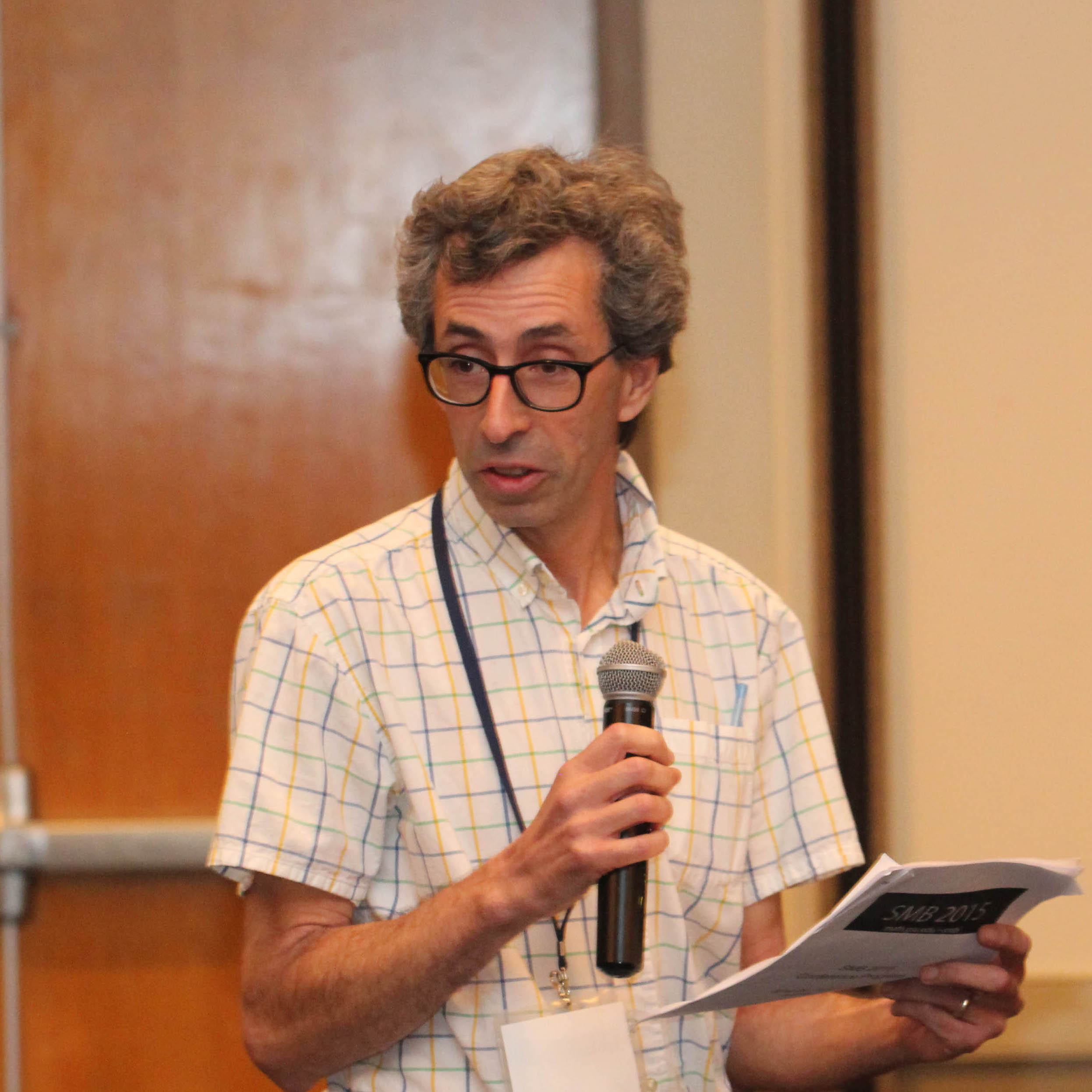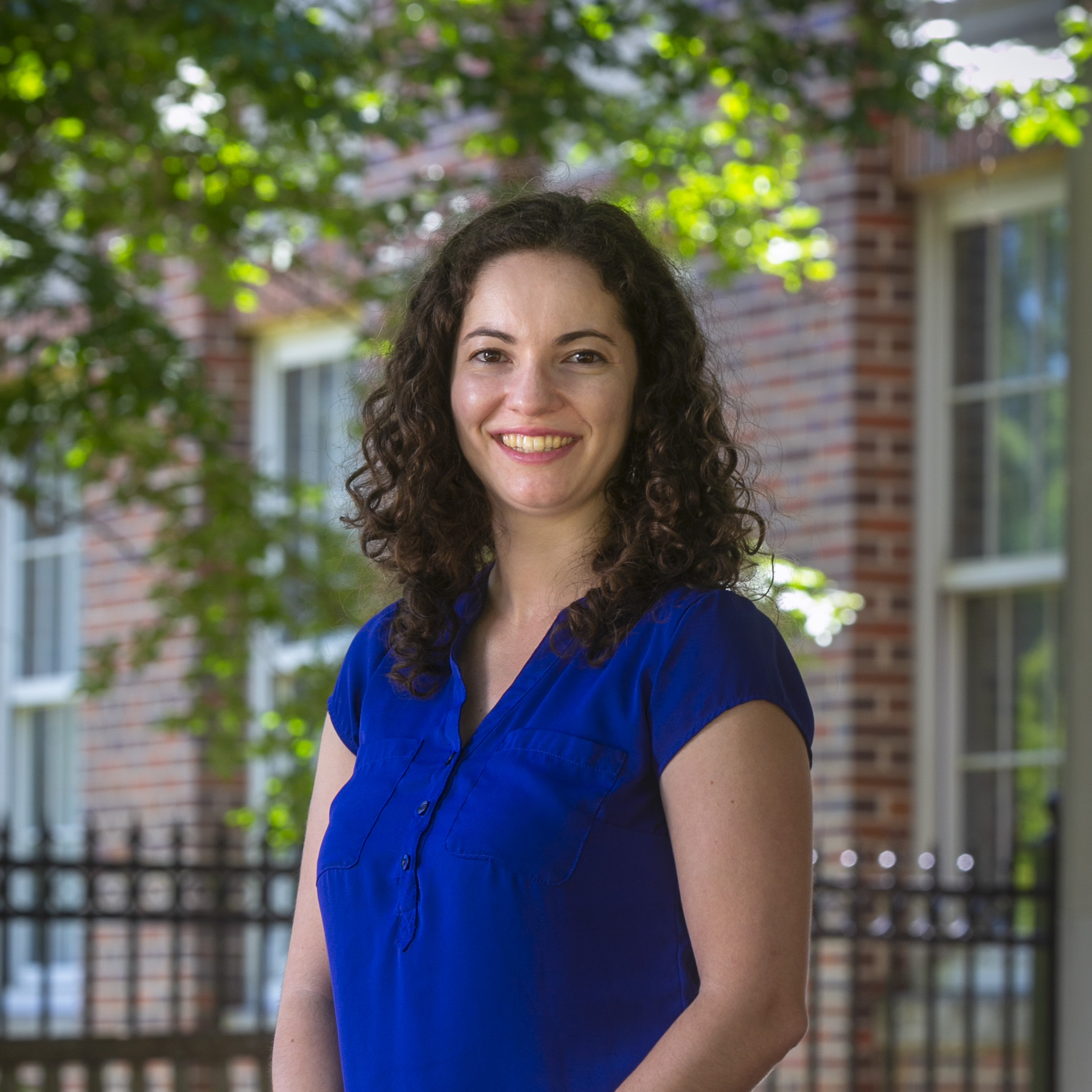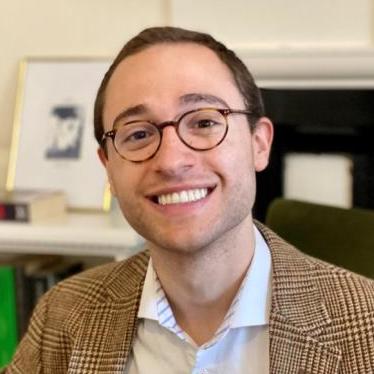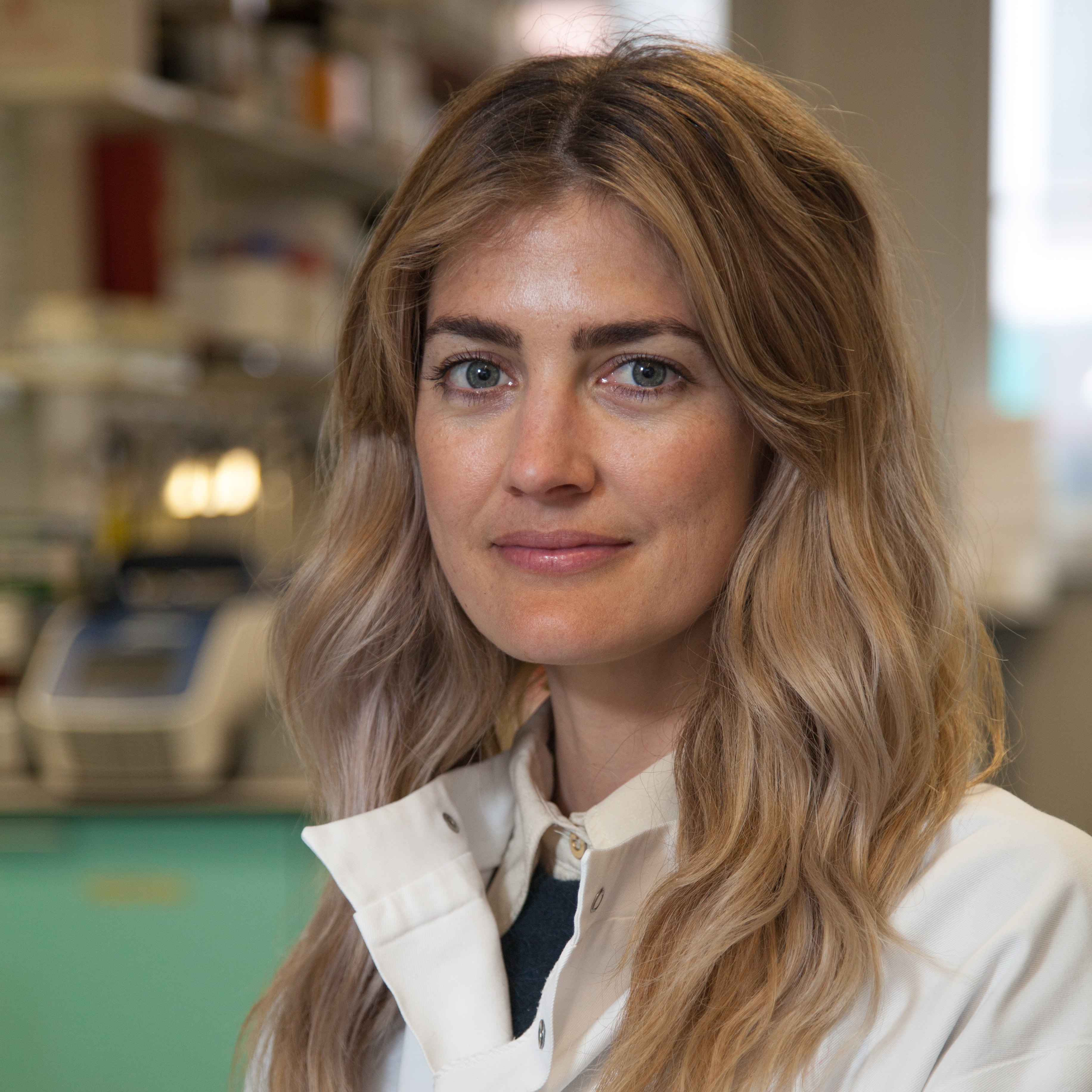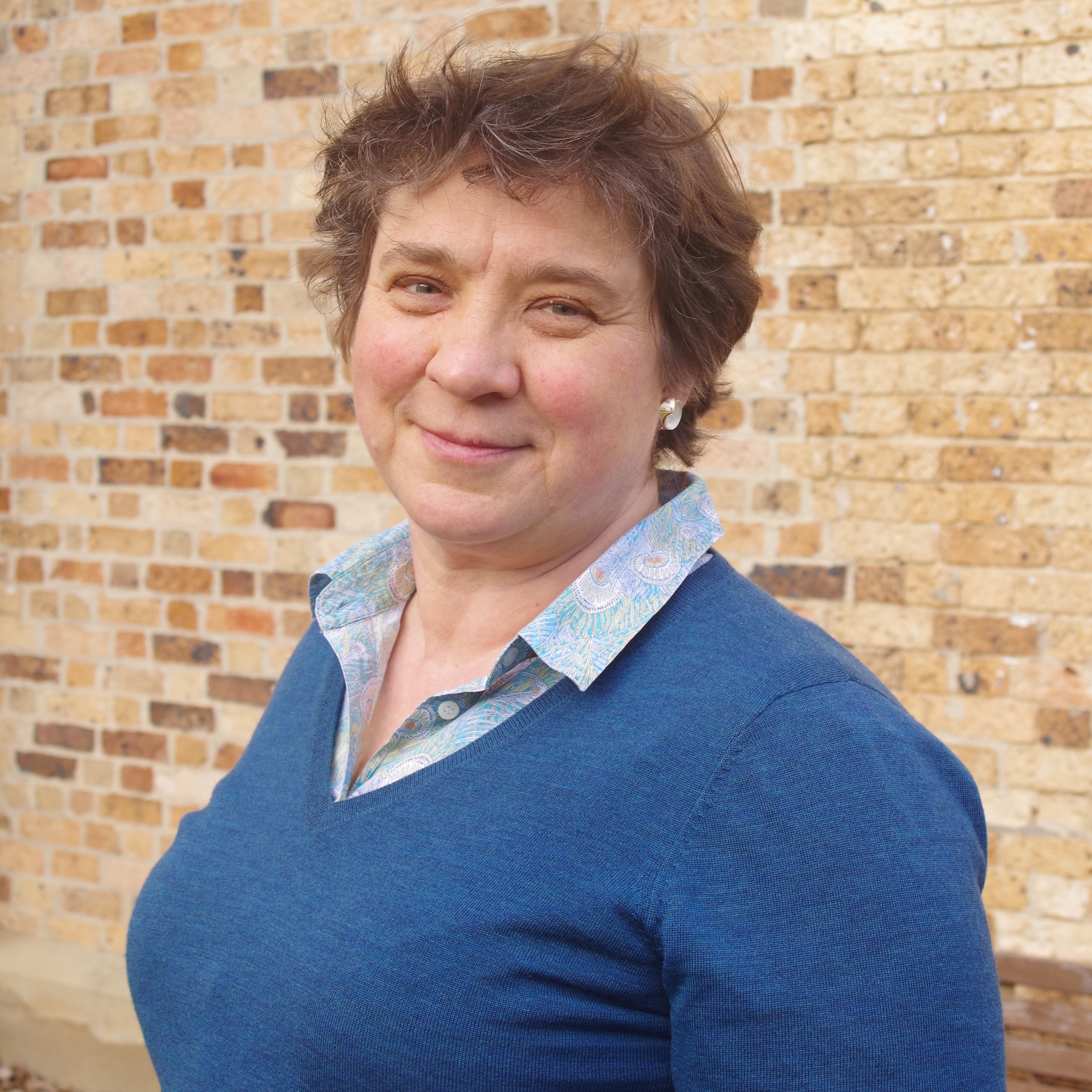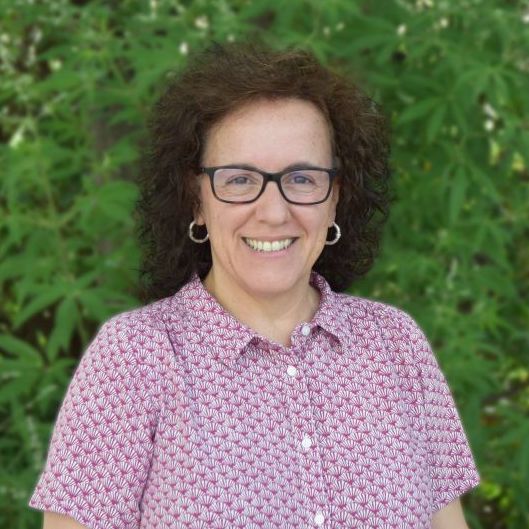Plenary speakers
Please check back soon for updates, as this page will be updated regularly.
Plenary-01 : C. A. Akira Okubo Prize
Mark Lewis
Kennedy Chair in Mathematical Biology
University of Victoria, Canada
One equation helps solve three paradoxes in the spatial ecology of predators and prey
In this talk I will illustrate the rich interplay that is now emerging between mathematics and spatial ecology in the spirit of the pioneering work by Akira Okubo. I will start by introducing three paradoxes in the spatial ecology of predators and prey (1) Buffer Zone Paradox: Why do wolves maintain stable buffer zones for prey, even though they may be only saving prey for the neighboring packs? (2) Road Use Paradox: Why are wolves attracted to roads and related linear features, even though that can mean higher chances of dying? (3) Path Less Travelled Paradox: Why do wolves preferentially travel to places they haven’t been recently, even if it means fewer prey? To help solve these paradoxes, I will start with the Fokker-Planck equation, which describes the probability density function for an individual undergoing a random walk. I will then employ a mixture of mathematical approaches including nonlinear advection-diffusion, differential games, first passage time theory and stochastic processes. All of the resulting models will be fit to data before drawing scientific conclusions.
Plenary-02
Marisa Eisenberg
Associate Professor, Departments of Epidemiology, Complex Systems, & Mathematics
University of Michigan, Ann Arbor
Building partnerships in public health: using models to inform interventions and grapple with uncertainty
Public health decision-making is complex and relies on multiple highly uncertain data sources. Data-driven methods and models are increasingly used to inform public health practice, as they can be used to help integrate these data to generate insights and help inform public health interventions. In this talk, we will explore some examples using models to integrate different data sources to understand spatiotemporal patterns of disease and inform intervention efforts in practice.
Plenary-03 : John Jungck Prize
Fred Adler
Director, School Of Biological Sciences
University of Utah, USA
Education, Bureaucracy and Corruption
We like to imagine that our students are cheerfully unaware of the ocean of educational bureaucracy that surrounds their peaceful island of learning. Despite the hassles of registering and paying for classes, students are supposed to run head-on into the dreaded bureaucracy only when they join the so-called real world. What is all that bureaucracy doing anyway? Is it a superstructure created by self-serving and parasitic bureaucrats? Strangely, perhaps the most elaborate bureaucracy we know of lies within each of us, whether student, professor, or paper-pushing Vice President. This bureaucracy is the cell. The vast majority of genes and proteins within cells are effectively bureaucrats, regulating each other rather than building things. Regulation requires communication through a complex network of intracellular signaling, which in turn extends beyond the cells as the chatter among cells that regulates tissues. Why is the most remarkable self-organized system in the known universe so bureaucratic? I will present models of how bureaucracy provides robustness to self-organized systems and of how these complicated systems can be corrupted. In particular, we have come to see cancer as corruption of the system of signaling that maintains tissue integrity in the face of uncertainty and disturbance, and reflect that back to society to think about how corruption, a violation of public trust, can be modeled and taught to our students to prepare them for the challenges of modern citizenship.
Plenary-04 : Lee A. Segel Prize for Best Paper
Veronica Ciocanel
Parameter identifiability in PDE models of fluorescence recovery after photobleaching
Best paper:
Link to best paper"Parameter identifiability in PDE models of fluorescence recovery after photobleaching" Maria-Veronica Ciocanel*, Lee Ding, Lucas Mastromatteo, Sarah Reichheld, Sarah Cabral, Kimberly Mowry, Björn Sandstede
The dynamics of intracellular proteins is key to many cellular functions. Our motivation stems from studying dynamic RNA and binding proteins that organize in biomolecular condensates. These cellular compartments have no membrane and have been shown to play crucial roles in spatially regulating gene expression and in other developmental processes. One of the most versatile experimental techniques for probing protein dynamics in living cells is FRAP (fluorescence recovery after photobleaching). This experiment generates time-series data that average out spatial information about diffusion, transport, and binding dynamics of proteins. Partial differential equations (PDE) models provide the appropriate framework to model the fluorescence dynamics and to infer parameters such as diffusion coefficients or reaction rates. However, it is not known whether these parameters can be uniquely identified based on the data available from FRAP experiments. We investigate limitations of known methods in assessing parameter identifiability for PDE models and propose methods for learning parameter combinations based on re-parametrization and profile likelihoods analysis. In recent work, we use these methods to provide insights on the behavior of the proteins forming biomolecular condensates in different cell regions and in healthy and mutant settings.
Plenary-05 : H. D. Landahl Mathematical Biophysics Award
Simon Martina Perez
Lecturer, Applied Mathematics
Oxford University, UK
Modelling cell differentiation in neuroblastoma: data-driven insights into development, malignancy, and treatment relapse
Neuroblastoma, a paediatric extracranial solid cancer that arises from the developing sympathetic nervous system, is -- like many malignancies -- characterised by an abnormal distribution of cell types. In this talk, we propose a new minimal model of cell differentiation during sympathoadrenal development. By relating the model to clinical data from patient samples, we show that alterations in healthy differentiation dynamics are related to malignancy, and tumour volume growth. Our findings suggest that normal development dynamics make the embryonic sympathetic nervous system more robust to perturbations and accumulation of malignancies, and that the diversity of differentiation dynamics found in the neuroblastoma subtypes lead to unique risk profiles for neuroblastoma relapse after treatment.
Plenary-06 : Leah Edelstein-Keshet Prize
Kathleen Curtius
Assistant Professor, Department of Medicine
UC San Diego, USA
Mathematical modeling of cancer evolution to optimize early detection
Cancer initiation and progression is an evolutionary process. Genetic and epigenetic alterations underpin phenotypes that drive natural selection at the cellular level. However, detecting signs of cancer early often requires more than mutation identification alone. Understanding the dynamics is critical to predicting individual cancer risk in patients and intervening effectively. In this talk, I will present mathematical methods that can incorporate multiscale data types (from population-level incidence to patient-level genotypes) to help answer complex questions such as, 'when should we recommend screening/intervention in this at-risk group?' Here we will focus on models for esophageal adenocarcinoma (EAC) and colitis-associated colorectal cancer (CA-CRC). Both EAC and CA-CRC evolve from defined pre-cancerous stages that warrant surveillance, yet current clinical guidelines are suboptimal. In EAC, we constructed stochastic branching process models to determine optimal screening ages and explored patterns of microbial evolution during progression using whole genome sequencing data. In CA-CRC, we derived a cost-effective genomic biomarker for risk of progression and applied artificial intelligence methods to combine accurate epidemiological and clinical data with patient genetic information in a large U.S. healthcare system. Overall, computational models serve as powerful tools for transforming the future of cancer early detection.
Plenary-07
Mary Myerscough
Professor of Mathematical Biology
University of Sydney
The mathematics of lipids and cells; modelling the development of atherosclerotic plaques
Atherosclerotic plaques are fatty accumulations inside the walls of major arteries. They are the principal cause of ischemic heart attacks, strokes, and peripheral vascular disease. Their formation is driven by chronic inflammation, which is initiated and fueled by the presence of cholesterol-bearing modified low-density lipoproteins in the vessel wall. Atherosclerosis, like cancer, is a major cause of death and disease worldwide. Unlike cancer, it has not, to date, been well studied by mathematical biologists and other modelers, and in particular, the cellular and immune processes that drive plaque formation, maturation, and ultimately plaque fate have not been widely modeled. In scientific research, plaques must be grown inside an experimental animal, and each plaque can be viewed at just a handful of time points. In clinical practice, plaques in humans are usually only observed at the late stage when clinical complications occur. Hence, there is a clear role for modeling and simulation in understanding the dynamics of plaques and the factors that influence their growth or regression. In this talk, I will present research on ODE and PDE models for immune cell populations and the lipid (cholesterol) that they contain. In particular, I will present work exploring the effect of timing in raising the level of high-density lipoprotein (HDL, which carries “good cholesterol”); structured population models for macrophages that include lipid trafficking; and a model to explore the outcomes of phenotypic changes in plaque smooth muscle cells.
Plenary-08
Yang Kuang
Professor of Mathematics
Arizona State University
Data-driven mathematical models in ecology: Exciting opportunities and promising approaches
In this talk, we will present some of the challenges and approaches we took in three modeling projects in ecology. These projects are all motivated by highly nonlinear data-sets that showcase the complexity of the population dynamics being modeled. We will start with our ongoing work on the dynamics of flour beetles growth which allow us to gain deep insights into population chaos. Next we present some of our work on stoichiometric population growth models as all organisms are composed of multiple chemical elements such as carbon, nitrogen and phosphorus. While energy flow and element cycling are two fundamental and unifying principles in ecosystem theory, population models usually ignore the latter. This negligence makes energy-only based population growth models simplistic in understanding the observed complexity of grazer population growth when producer population such as algae are subject to varying light exposures. We will also present our reaction–diffusion modeling work of E.coli colony growth incorporating nutrient distribution and agar dehydration. The bacterial colony is a powerful experimental platform for broad biological research, and reaction– diffusion models are widely used to study the mechanisms of its formation process. However, there are crucial factors that affect the colony growth but are absent from well-known models, such as the heterogeneously distributed nutrient within the colony and the substantially decreasing expansion rate caused by agar dehydration. We propose two plausible reaction–diffusion models based on the above two factors and validate them against experimental data. Both models outperform the classical Fisher equation and its variation in better describing experimental data. Moreover, by accounting for agar dehydration, our model captures how a colony’s expansion slows down and the change of a colony’s height profile over time.
Plenary-09 : Arthur Winfree Prize
Mohit K Jolly
Associate Professor, Department of Bioengineering
Indian Institute of Science, India
Dynamical modeling of cell-state transitions enabling cancer metastasis and therapy resistance
Cancer metastasis and therapy resistance remain unsolved clinical challenges, and cancer cells switching reversibly among epithelial (tight cell-cell adhesion; less migratory) and mesenchymal (loose cell-cell adhesion; more migratory) can drive both these phenomenon. A recent surge in experimental data has identified many molecular players driving Epithelial-to-Mesenchymal Transition (EMT) and its reverse Mesenchymal-to-Epithelial Transition (MET) that has allowed developing mechanism-based models for these cell-state transitions. This talk will describe how a bidirectional interplay between mathematical modeling and experimental data has elucidated some fundamental aspects for EMT/ MET dynamics. First, is EMT/MET a binary process or can cells acquire one or more stable hybrid epithelial/mesenchymal (E/M) states; consequently, how do the hybrid E/M states contribute to cancer metastasis and therapy resistance? Second, is EMT/MET always reversible, or is there a ‘tipping point’ in terms of cell-intrinsic and cell-extrinsic parameters which prevent such cell-state transition(s)? Third, how does cell-cell communication at biochemical and biophysical levels contribute to tissue-level patterns of cellular heterogeneity in terms of EMT? Finally, I will discuss how these insights can help us in developing more effective therapeutic strategies against cancer metastasis and therapy resistance.
Plenary-10
Susanna Manrubia
Professor of Interdisciplinary Science in Biology
Museo Nacional de Ciencias Naturales (CSIC)
The challenge of scale in molecular adaptation: Myopic searches in hyperastronomical genotype networks
The exploration of vast genotype spaces presents a significant challenge to evolving populations. As the number of genotypes encoding viable phenotypes grows exponentially with genome length, understanding how populations navigate and adapt within such spaces is crucial. In this talk, we discuss the adaptive dynamics of sequence ensembles, drawing on empirical data from viral populations. Despite the immense theoretical size of these spaces, even the largest viral populations explore only a minute fraction of possible sequences, constrained by local, blind searches of nearby genotypes. Yet, within these constraints, populations achieve phenotypic improvements and evolutionary innovations. We will discuss how the interplay between local exploration and the global scale of genotype spaces supports our ability to reconstruct phylogenetic relationships, challenging the assumption that only a few genotypes may be sufficiently fit. Instead, the high dimensionality of sequence spaces facilitates the discovery of improved phenotypes through localized searches, reshaping metaphors like fitness landscapes and redefining traditional notions of fitness.
